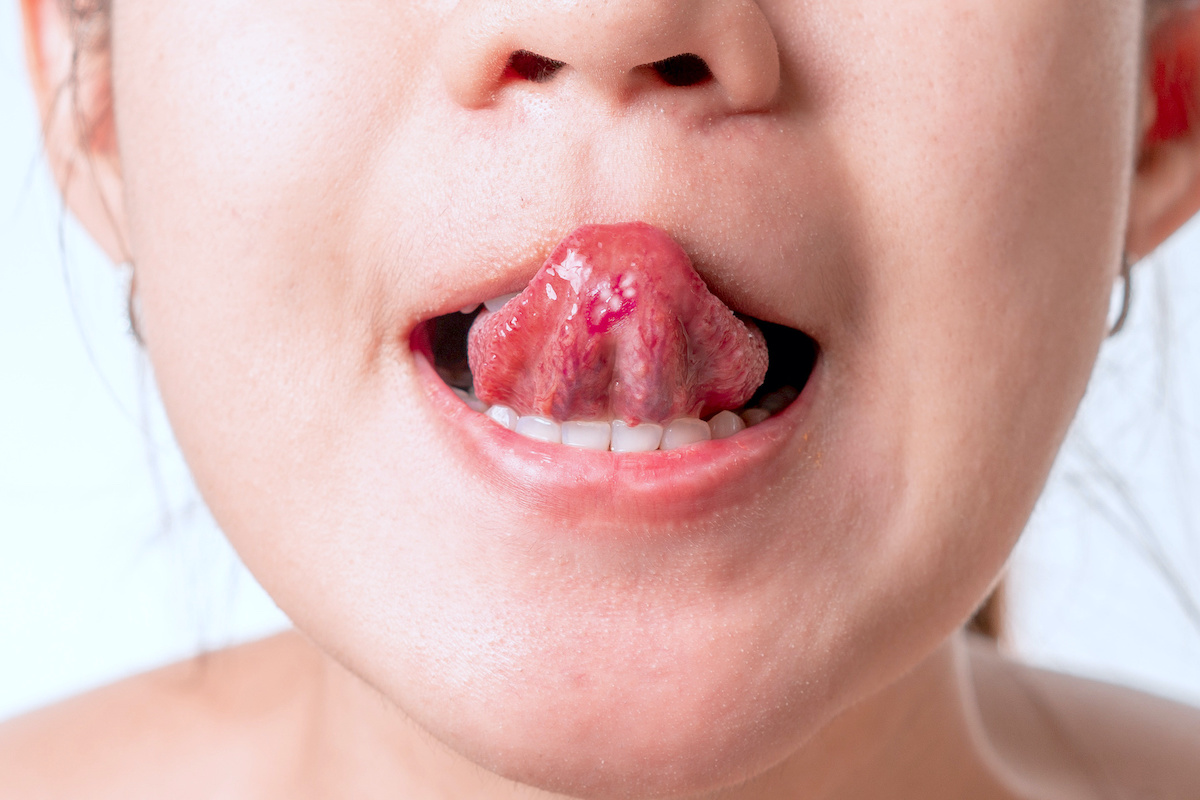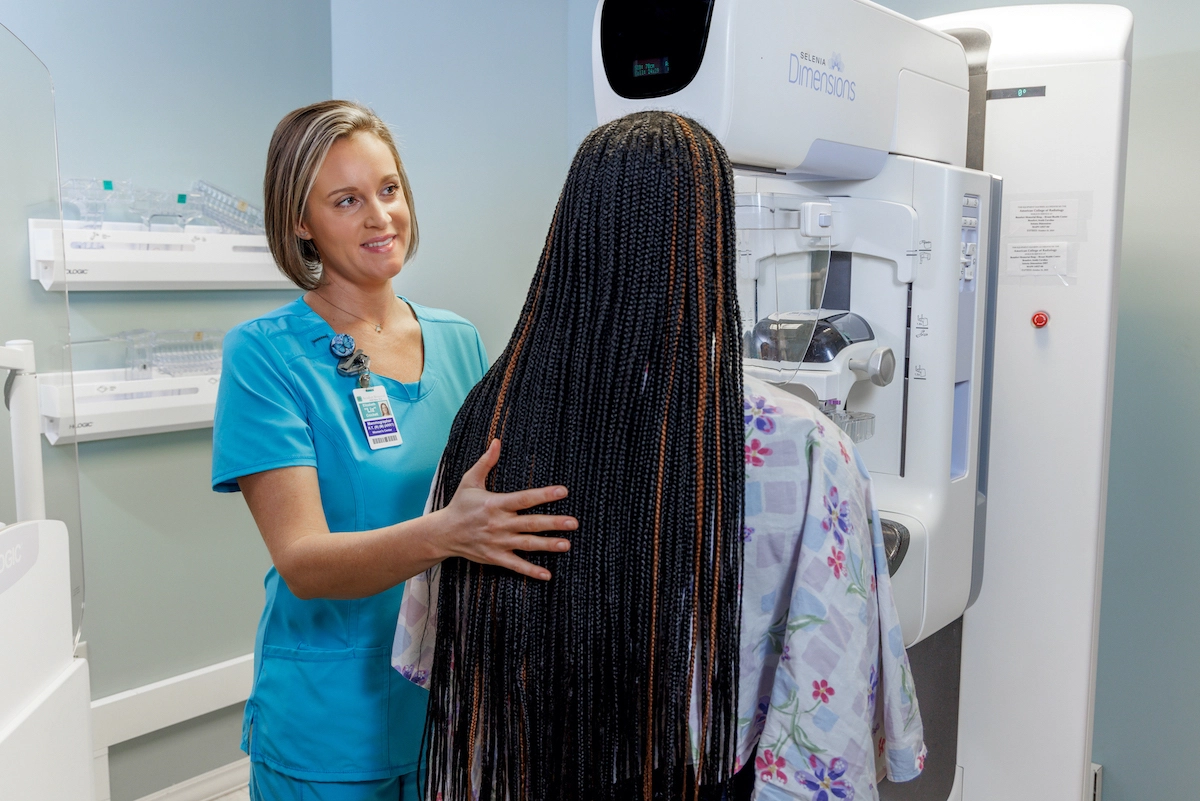
Many causes of bumps under the tongue are not serious and may heal on their own. However, people with bumps that do not get better, grow in size, or interfere with talking or swallowing should consult a doctor.
Causes for bumps under the tongue. There are many possible causes of bumps under the tongue, such as:
Canker sores, also known as aphthous ulcers, are open lesions that can develop anywhere inside the mouth, including under the tongue. Canker sores appear suddenly. They have no known cause, but they are not contagious. Some researchers believe that canker sores are a type of immune system response. Most canker sores are minor and resolve on their own within 4–14 days.
Ranula, which are oral mucous cysts (fluid-filled sacs) that form near one of the openings of the salivary glands. Cysts under the tongue are also known as ranulas.
Ranulas appear as soft, swollen lumps that range in color from flesh-colored to dark blue. They tend to periodically disappear when they rupture and reappear when they become irritated by saliva. Although a person can develop an oral mucous cyst at any age, they usually occur between the ages of 10 and 30 years of age.
Human papillomavirus, or HPV, is the most common sexually transmitted infection (STI) in the United States, according to the Centers for Disease Control and Prevention (CDC). HPV infections can lead to lesions in the skin and mucous membranes. According to the CDC, about 40 subtypes of HPV can infect the mouth and throat.
People with minor oral HPV infections do not develop symptoms. However, those who do may notice:
- small, hard bumps under the tongue or in the mucous membrane inside the mouth
- bumps that appear white, pink, red, or flesh-colored
- painless, smooth, and slightly raised bumps
- a single bump or cluster of bumps
The body can clear an HPV infection within 2 years without medical treatment. Certain types of HPV have links to cancer, including oral cancer. However, scientists have identified more than 200 HPV subtypes in total. Of those, only 12 are high-risk. People with concerns about this should speak with a doctor.
Lymphoepithelial cysts are slow growing, noncancerous lesions that develop in the salivary glands. They often occur as a symptom of HIV infections. These small, firm nodules sit just below the mucus membrane that lines the inside of the mouth. Lymphoepithelial cysts usually appear as flesh-colored, white, or yellow bumps under the tongue or on the floor of the mouth.
Salivary stones, or Sialolithiasis is a condition in which stones of crystalized minerals form in the ducts of the salivary glands. These are known as salivary stones. Sialolithiasis is the most common cause of salivary gland swelling. A stone that forms in the sublingual gland, located underneath the tongue, can lead to a sore, painful bump. Other symptoms of sialolithiasis include pain or discomfort in the mouth that worsens when eating, pain or swelling below the jaw, infection in or near the affected gland and dry mouth.
A salivary gland tumor that forms in the sublingual gland can lead to a lump or swelling under the tongue or near the jaw. Not all tumors are cancerous, but if a tumor develops in a smaller salivary gland, there is a higher probability that it is.
While most salivary gland tumors do not develop in the sublingual gland, nearly 100% of sublingual gland tumors are cancerous. Salivary gland tumors can lead to:
- a lump or painful swelling under the tongue or in the jaw, ear, or neck
- numbness or muscle weakness in part of the face
- difficulty opening the mouth or swallowing
- fluid draining from the ear
A doctor can diagnose most causes of bumps under the tongue by carrying out a physical examination and asking the person about their symptoms. They may also review a person’s medical and family history for indications of certain diseases.
A doctor may use diagnostic tests to confirm a diagnosis or rule out other potential causes. These tests may include blood tests that measure white blood cell counts to check for an infection, a swab culture analysis to identify infectious pathogens such as bacteria or fungi, imaging tests such as a CT scan or MRI scan, to identify structural changes in the mouth, or a biopsy, to analyze tissue samples for cancer cells.
Home remedies. The following home remedies may promote healing and help relieve uncomfortable symptoms of tongue bumps:
- good oral hygiene
- medicated mouthwash
- avoiding acidic, spicy, and sugary foods
- topical gels and numbing solutions
- quitting smoking and avoiding secondhand smoke, if relevant
When to see a doctor: Many causes of bumps under the tongue heal on their own. However, people should speak with a doctor if they have a bump under the tongue that does not heal/keeps getting worse, or if the lump bleeds easily, interferes with the ability to speak/swallow/chew, or occurs with mouth numbness/burning, or a persistent sore throat.
Bumps under the tongue can resolve on their own without treatment. Some bumps heal and reappear months or years later. Other types of tongue bumps resolve and never occur again.
People with more serious underlying conditions, such as salivary gland cancer, can have very positive outlooks if doctors catch the condition at an early stage. Localized salivary gland cancer has a 94% 5-year relative survival rate if it has not had time to spread.
In summary, bumps under the tongue can occur due to a mouth injury, viruses, sores or ulcers, or salivary stones, and other causes. Many bumps under the tongue resolve relatively quickly and do not require medical treatment. More serious tongue bumps, such as tumors, can be treatable with medication or surgery.
Source: https://www.medicalnewstoday.com/articles/bump-under-tongue








